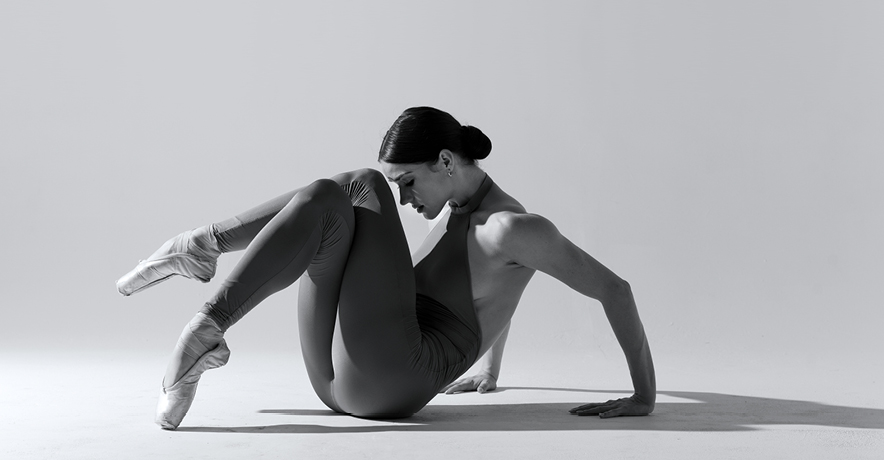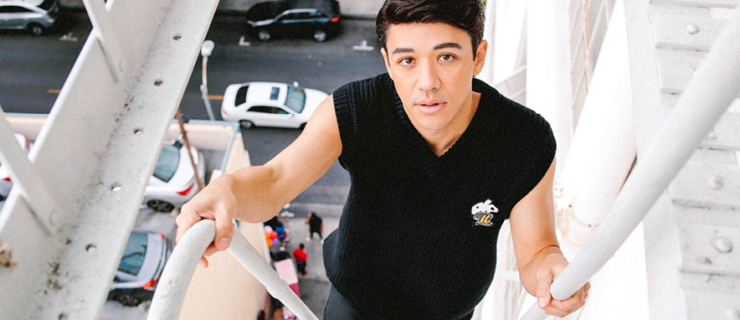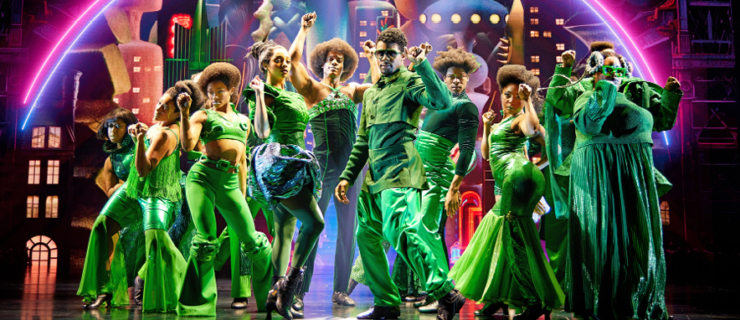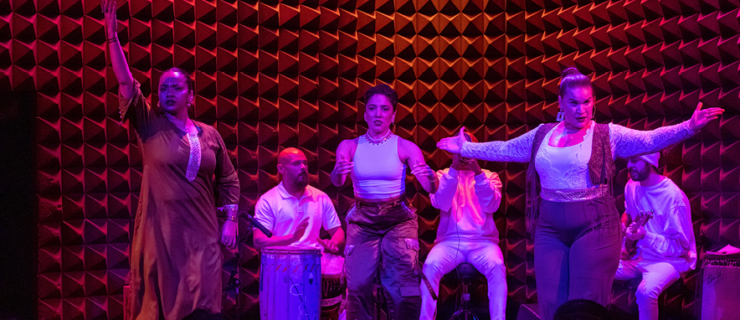Cassandra Trenary Comes Into Her Own
Cassandra Trenary arrives for her interview in a T-shirt printed with an image of Johnny Cash, who’s looking mightily ticked off. American Ballet Theatre’s summer season at the Metropolitan Opera House is in full swing; we’re meeting in the shade of a little copse of trees to the right of the theater entrance. Cassie, as she’s known, has just taken morning class, and is still a bit pink-cheeked from the effort. For the past few weeks, she’d been preparing for her debut in Romeo and Juliet, which took place in mid-July. “I love Johnny Cash,” she says, with a mischievous smile.
The T-shirt and the smile are an apt segue into the conversation that follows. Directness and lack of pretense seem to be part of Trenary’s DNA, particularly at this time in her life. If you ask Trenary a question, she answers it as straightforwardly and honestly as she can. And she’s open about the things that bug her about classical ballet, her chosen profession: the unexamined conventions, the fact that so little of the repertory reflects the lives of people today, and the tradition of quiet obedience in the studio. But she’s also a welcoming interlocutor, engaging and engaged. Her thoughts come from a place of conviction and devotion.
Trenary loves ballet—“I love it very, very much,” she says—she just wants it to show a little more flexibility and openness to different perspectives. She wants it to move forward. “I’m desperate to bring more humanity to it,” she says, “and I want to see something that feels universal. I think it’s time we start talking about how we can tell these stories, and about how we can tell new stories, and different stories. I want this art form to survive.”
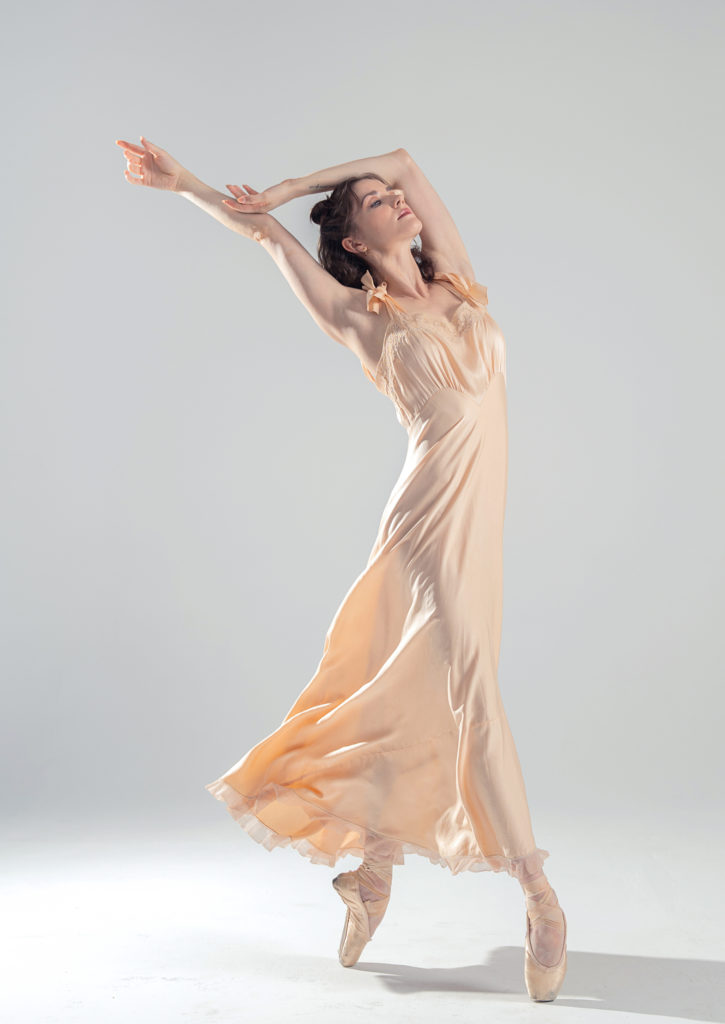
This past year was her 11th with ABT, where she became an apprentice in April 2011 and a member of the corps before the end of that year. She was named a principal dancer in 2020 and turned 29 in August of this year. By any measure, she’s in her prime, armed with the physical and mental tools to take on just about any role.
But despite the recognition, her emergence into the classical repertory has been gradual. She has yet to cut her teeth on Odette/Odile in Swan Lake or Kitri in Don Quixote, though ABT performed both ballets during its summer season at the Met. Instead, she had one very important debut during that season, as Juliet in Sir Kenneth MacMillan’s Romeo and Juliet. It’s a role Trenary says she’s been pining for since she first saw a video of it as a student. “It was the first time I had been moved by a ballet in the way I felt moved when I watched a movie or a play. And I thought, Oh, my word, that’s it, that’s what I want to do.” Telling stories through movement is central to how she sees herself as a dancer. “I want people to feel like they’re watching life happening in front of them and that the dialogue happens to be classical ballet.”
During ABT’s fall 2021 season at Lincoln Center’s David H. Koch Theater, she danced her first Giselle, a role that daunted her in part because of the character’s shyness in the first act. “I suppose I didn’t see myself in it,” she said a few weeks before that performance. As with her Juliet, she approached it by delving into the character and into the story and finding images and sensations she connected with. “She is such an interesting actress,” says Alexei Ratmansky, ABT’s choreographer in residence, who has cast her in a wide variety of roles, ranging from a magical bird in The Golden Cockerel, to a hearty spirit of the harvest in The Seasons, to the breathless young princess Aurora in The Sleeping Beauty. For each, Trenary “dived into the role with her whole heart,” he says.
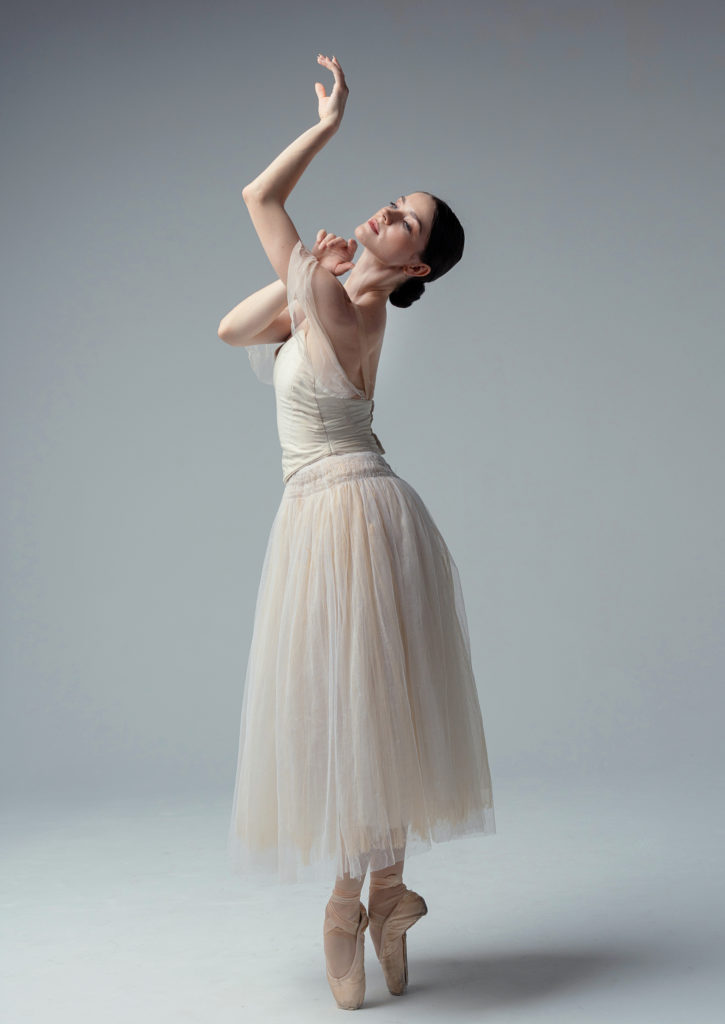
That total investment in whatever role she’s creating is one of the things that makes Trenary so compelling onstage. You’re less aware of each step and its execution, and more aware of the way a scene or passage makes you feel, what it’s trying to convey. Often, her take on familiar roles is different from what you’re used to, infused with aspects of her own spirit. Trenary puts thought and effort into these interpretations. In addition to working with an acting coach, Joan Rosenfels, she does a lot of outside research.
In the case of Romeo and Juliet, this hunger for information took her to London in 2019, where she met with Lynn Seymour, the ballerina on whom MacMillan created the role of Juliet in 1965. Seymour, who is now 83, invited her into her home. They discussed the ballet over several days while watching videos and running through the steps in a space they created in Seymour’s living room. Seymour shared what MacMillan had told her and how she had seen the ballet change over time. “One of the biggest takeaways,” says Trenary, “was that there was more freedom in the role than the way it’s danced now. She gave me permission to play.”
As with her Giselle, Trenary wanted her Juliet to be more forceful, to stand her ground more and to avoid the prettiness that creeps into some performances and takes the viewer out of the story. But when she returned to the rehearsal studio ready to apply what she had learned, she encountered pushback from the people staging the ballet for ABT. When a certain interpretation takes hold, it becomes difficult to change. “At first the reaction was, ‘Um, that’s one way to do it, but we do it this other way.’ And I would say, ‘Can I ask why?’ ”
“It took a lot of courage for her to take these roles and bend them,” Amanda McKerrow, a former ABT ballerina who recently began coaching at the company, said after a rehearsal of Romeo and Juliet. In a way, Trenary has made things harder for herself by not simply putting her head down and following a familiar path. “She has to work hard in order to convince the decision-makers that her interpretations could be valid,” says Ratmansky, who admires her tenacity. “I think she can get there.”
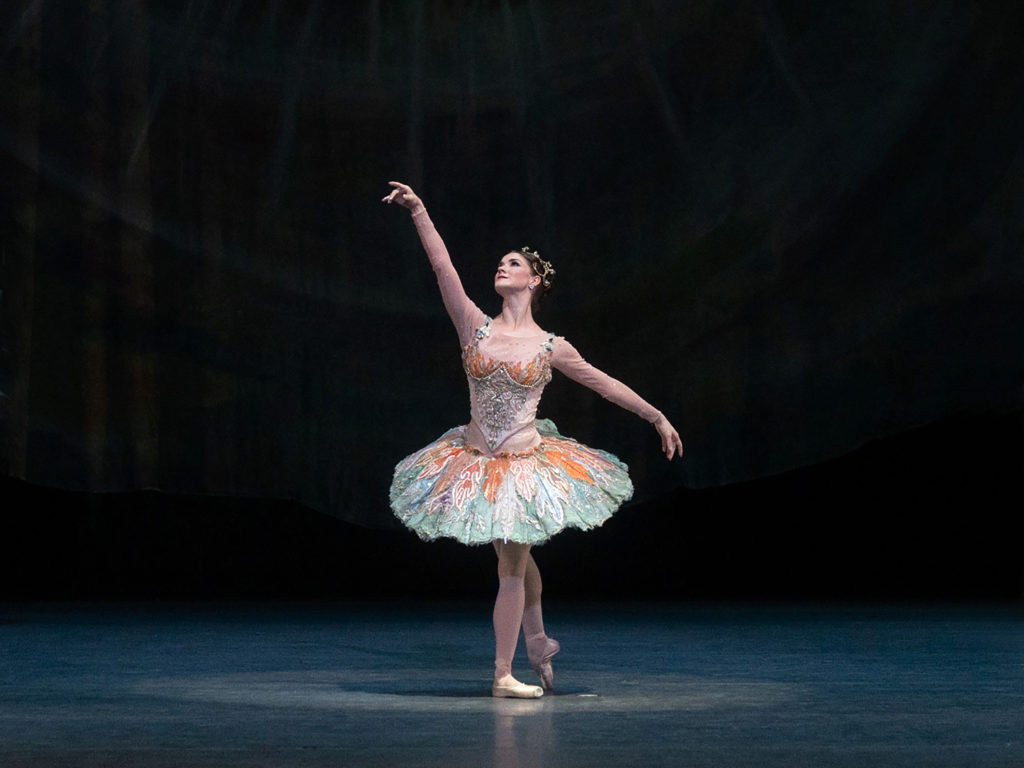
That drive, which was clear early on in her career—you could sense it even when she was simply leading a long line of Shades in La Bayadère—has blossomed more recently, particularly since the start of the pandemic. The early months were difficult. She moved back home to Florida, and experienced a major personal relationship change. “I had so much time alone,” she remembers. “I was writing, taking photos, challenging myself to do choreographic improvisation exercises every day. And I found that I was really, really happy doing that.”
Over the ensuing months, she made two short dance films, dove deeper into her interest in photography, and interviewed her grandmother for hours about her experiences growing up and, later, living on a farm in Colorado. “I dove down into a rabbit hole of family stories, informing myself about the women in my family, and why they are the way they are, and why I am the way I am.” At an April residency sponsored by Works & Process LaunchPAD at Chautauqua, she used some of that material as the basis for movement explorations that led to about 25 minutes of solo choreography and a series of self-portraits with a Nikon F camera (film, not digital).
Trenary is an eager collaborator, with a particular affinity for contemporary dance, which she describes as “my happy place.” Back in 2020, during The Joyce Theater’s digital seasons, she worked with the postmodern choreographer Molissa Fenley, performing her arduous 1988 solo State of Darkness. Here, her dancing revealed a rough edge, an aggressive, even punk, sensibility. It was the Johnny Cash coming out. Trenary didn’t look at all like a ballerina. More recently, under the auspices of Works & Process at the Guggenheim, she collaborated with Sonya Tayeh on a piece called Unveiling, full of muscular, fluid choreography and partnering. In it she shared a pas de deux with another female dancer, Ida Saki, something that seldom happens in her day-to-day practice at ABT. (Unveiling was performed as part of Restart Stages at Lincoln Center in June 2021.) “It was so hard at first for me to share my weight with her,” says Trenary. “I had to learn how to use my whole body to partner, not just my arms, like we do in classical ballet.” This summer and fall brought collaborations with choreographers Jenn Freeman and Twyla Tharp, including performing in Tharp’s company at New York City Center in October.
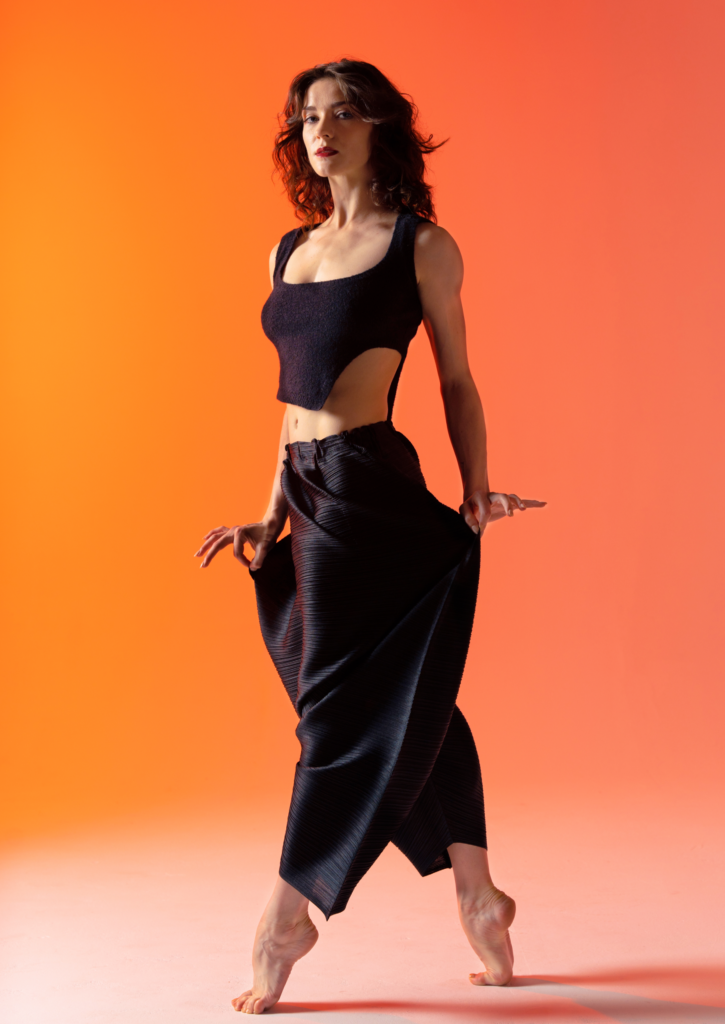
The more Trenary learns in outside projects, the more she brings back to her work with ABT. And the more her mind opens to new possibilities. She jokes that she would love to dance the role of Espada, the swashbuckling toreador in Don Quixote. “It’s one saut de basque and the rest is like jazz dance. I think I could accomplish that,” she says with her mischievous smile.
The past few years—the isolation of COVID-19, her promotion to principal and the immersion in multiple creative projects—have fueled a sense of urgency about her profession, and her place within it. She finds that she questions a lot of things. These questions have helped her emerge as an artist with not only a strong point of view, but also the willingness to do the work required to make interesting, informed artistic choices.
That work bore fruit in her Juliet debut. Her performance was intimate, vulnerable and unadorned. As an audience member, you almost forgot that these were choreographed ballet steps, and instead were caught up in the story as it unfolded. No pretty poses, no lying on the bed with her feet pointed or arching her back over the tomb in the Capulet crypt. “We weren’t trying to project or tell the audience to look at us,” says Calvin Royal III, her partner for the performance and a close friend. “It was almost like we were in a movie.” For Trenary, that’s a step in the right direction.
